Purchased Winter Tires: Differences from Studless Tires and a Talk About TPMS
公開日:2021.01.28
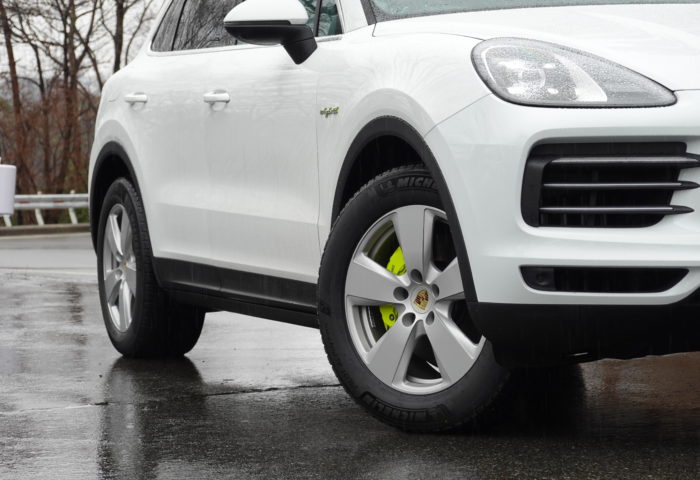
Winter Tires and Studless Tires Are Completely Different
The other day, I switched the tires on our Cayenne to winter tires. Until then, I had thought that winter tires and studless tires were the same thing, just called differently by different people, but I learned for the first time that they are completely different tires.
Studless tires are designed for Japan’s winter road conditions, where snow melts during the day as temperatures rise, then refreezes at night, making the road surface icy and slippery.
They have excellent control performance on ice, allowing safe driving, stopping, and cornering on icy roads. However, while they perform well on snow and ice, they are weak on dry and wet normal roads.
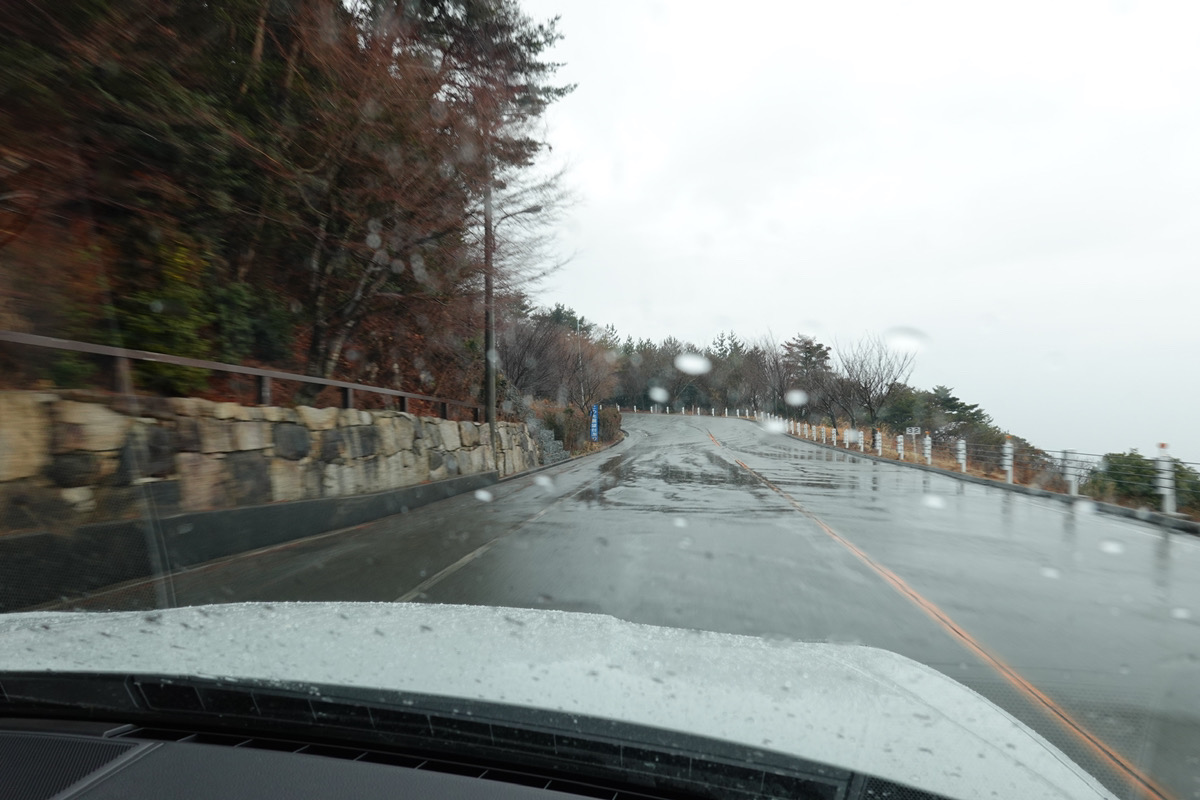
On the other hand, winter tires are mainly used in regions like Europe where ice-covered roads are rare. They are not strong on ice but perform close to studless tires on snow, and on dry and wet roads, their performance is similar to summer tires. (This is mentioned on Michelin’s website)
In Germany, it is mandatory to switch to winter tires when the temperature drops below 7°C. This is because summer tires are designed for rigidity and elasticity at high temperatures, so at low winter temperatures, the rubber hardens and grip is lost, making it dangerous to drive.
Indeed, on the German Autobahn, where people drive at 200 km/h on cold winter days, it would be dangerous not to have winter tires.
According to tests by major tire manufacturer Continental, below 7°C, braking from 60 km/h requires 3 meters more stopping distance with summer tires. Also, Porsche’s official website states that on wet roads at 3°C, winter tires stop 12% shorter than summer tires when braking from 80 km/h.
In Japan, there is no rule to change tires based on temperature, and this is not widely known, but I think all Porsche owners should definitely be aware of this.
Why We Purchased Winter Tires
My husband chose to buy winter tires instead of studless tires, and when I asked him why, he said:
Since it’s our Cayenne, I wanted to try driving on snowy roads and go skiing. I also want to teach our daughters how to ski soon. While considering tires, personally, I’m quite dissatisfied with domestic studless tires. Unless you live in places like Hokkaido or Tohoku where ice and mirror-like ice roads are common, our area doesn’t freeze that much in winter. At most, we visit nearby ski resorts a few times a year. Also, hard ice-covered roads are very rare. Yet, the soft feel of domestic studless tires rated Q speed range, road noise, poor straight-line stability, and weak wet grip make it hard to tolerate wearing them all winter. It feels like it ruins the car’s performance. (My brother uses Michelin’s X-ICE on his car, which seems quite good though.) So, I deliberately chose winter tires instead of studless tires. I fully understand that their ice performance is inferior to studless tires. These tires suit Kansai’s environment better, where rain and sleet are far more common than snow, and they offer excellent dry grip at low temperatures and, above all, superb high-speed stability that doesn’t spoil Porsche’s performance. By the way, the 991.1 Carrera 4S we rented on our honeymoon trip to Germany was equipped with winter tires. Even driving over 200 km/h on the Autobahn was no problem, and the snowy areas around Neuschwanstein Castle were fine too, right?
Indeed, Germany in October, when we honeymooned, was quite cold. My “rain woman” luck was in full effect, and we couldn’t see Neuschwanstein Castle at all due to thick fog.
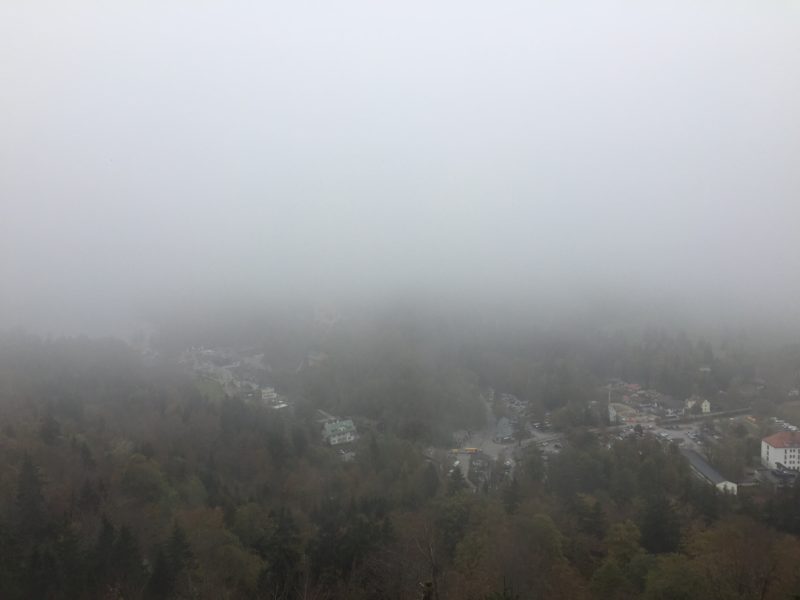
Photo from that time. The fog was intense…
Snow was falling lightly, and Munich was gloomy with rain, but I never felt scared riding in the passenger seat.
Or rather, I wasn’t interested in cars back then, so I mostly slept through it… (What a waste!)
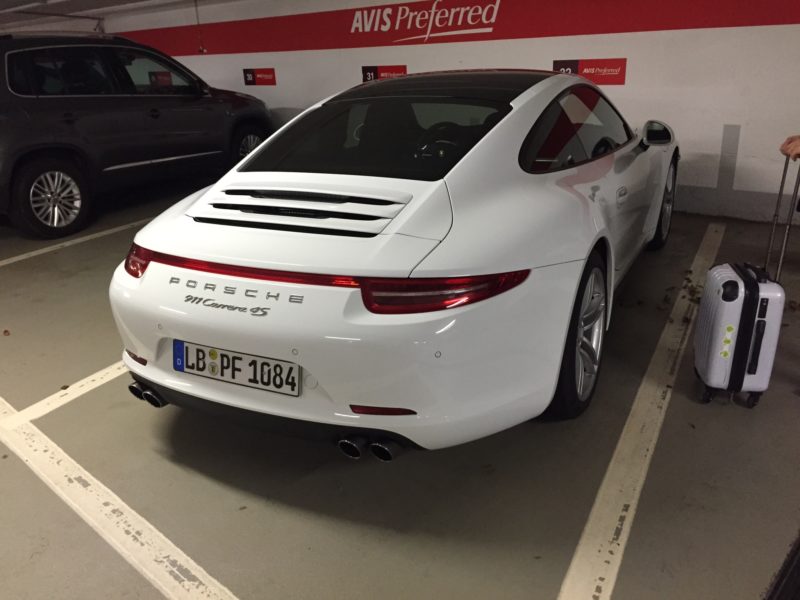
By the way, our Cayenne has 20-inch Cayenne design wheels, but this time, he bought almost-new 19-inch Cayenne wheels for winter tires from Yahoo Auctions. The tires are Porsche-approved Michelin Pilot Alpin 5 SUV N0.
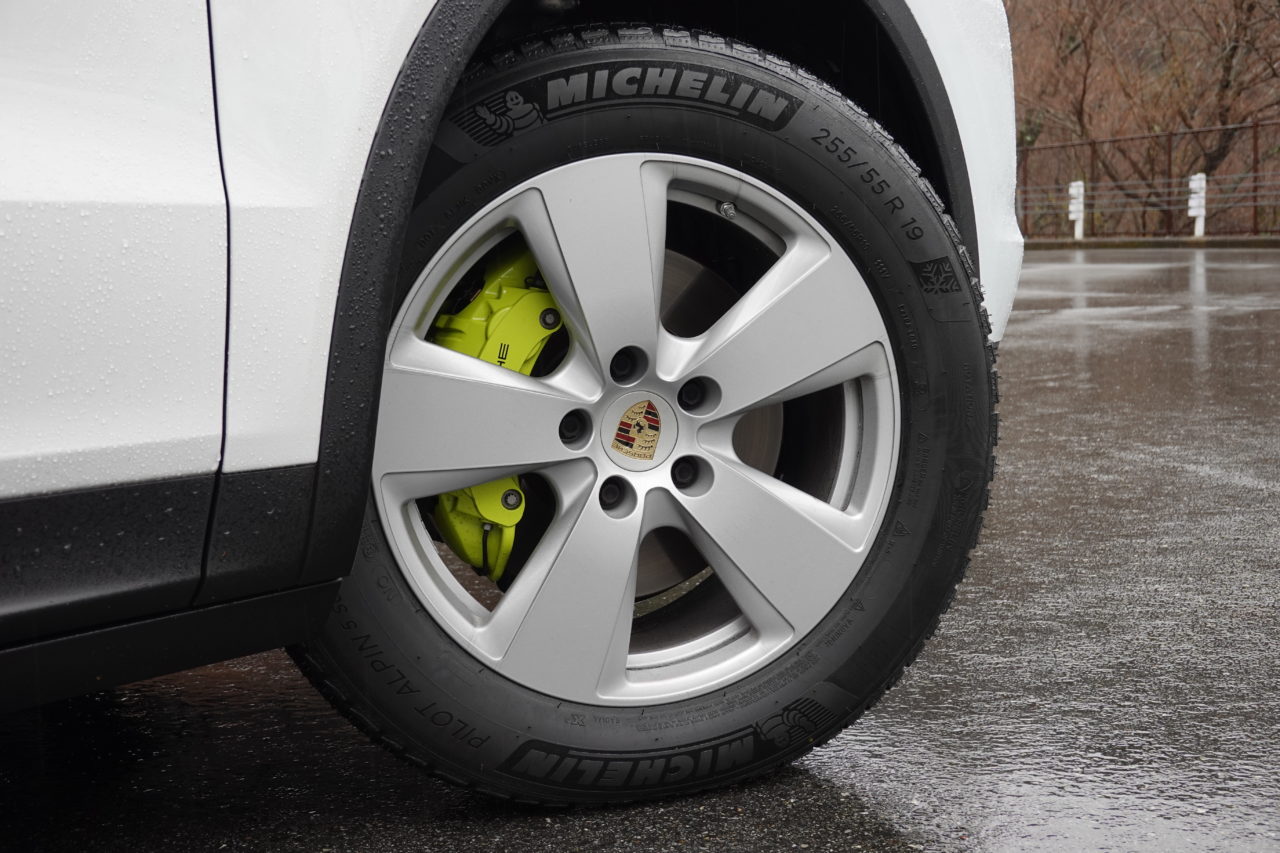


According to my husband, it was quite difficult to find these Porsche-approved winter tires. Everywhere he inquired was out of stock, but after searching extensively, he finally found a shop that said, “We have one set left.” and managed to get them.
The price was about 150,000 yen for the used wheels and about 150,000 yen for the tires, totaling around 300,000 yen. He had them shipped directly to Nishinomiya Base (who are meticulous with their work and have a godlike obsession with wheel balancing) for installation.
| Next page → How does the aftermarket TPMS perform on these tires? |
このブログが気に入ったらフォローしてね!


Comment ( 0 )
Trackbacks are closed.
No comments yet.